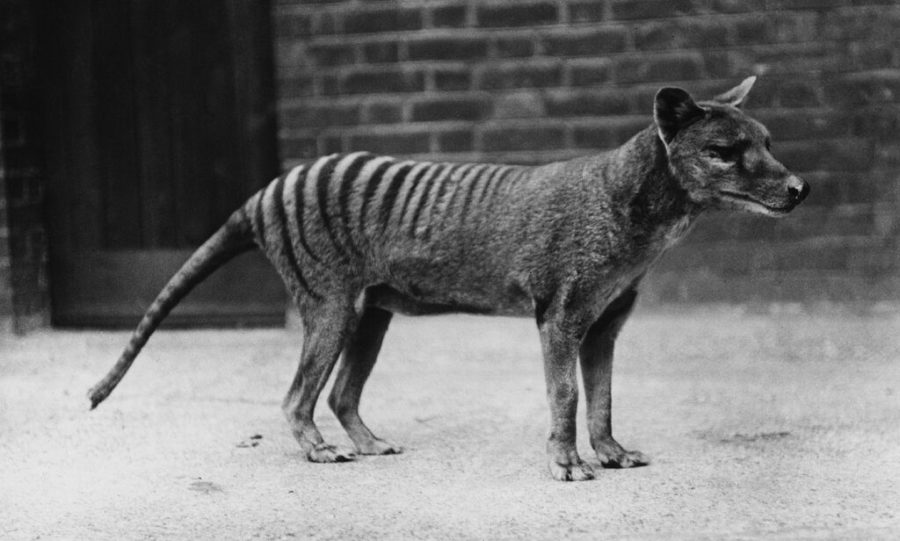Digitalised and re-coloured footage of the last Tasmanian Tiger, Benjamin, has been released to mark National Threatened Species day.
The footage was digitalised and remastered to 4k by the National Film and Sound Archive and then colourised by Samuel François-Steininger and his team from Paris-based Composite Films.
The team used drawings, sketches, paintings, written descriptions and preserved pelts to get the colours accurate, spending over 200 hours on the project.

When explaining why he took on the project, François-Steininger mentioned that he was living in Australia in 2012, when the story of the Tasmanian tiger moved him:
“I had to take care of the rare filmed footage and pay tribute to the last representative of a species, which disappeared 85-years-ago“.
Benjamin was kept in captivity after being acquired in 1931 by the Beaumaris Zoo in Hobart.
He passed away 85 years ago, on the 7th September, 1936, two months after the species was granted protected status.
Sadly, Benjamin was found dead from exposure to the cold after being shut out of his enclosure.
The NFSA has released colourised footage of the last known surviving Tasmanian tiger – or Thylacine – for National Threatened Species Day. Read more about how this B&W footage has been given a new life. https://t.co/FSOARHpvWz#thylacine #tasmaniantiger #threatenedspecies pic.twitter.com/G1WOh3HdcM
— NFSA -National Film and Sound Archive of Australia (@NFSAonline) September 7, 2021
To highlight the difference these restorations made, here’s some of the original footage:
Some people alive today once shared the planet with the beautiful thylacine, or “Tasmanian tiger”.
Benjamin, seen here, died on September 7, 1936. For reference, that’s 10 years after David Attenborough was born.
©Archives Office of Tasmania ARKive. #OTD pic.twitter.com/5hRts94o6W
— Dr Dean Lomax (@Dean_R_Lomax) September 7, 2021
Australian naturalist and zoologist David Fleay shot the original film of Benjamin walking around his closure back in December 1933.
The NFSA have said that less than 12 films of the Tasmanian tiger exist, amounting to about three minutes of silent, black-and-white footage.
Thylacine were the largest carnivorous marsupials before their extinction, with their population estimated to be about 5,000 at the time of European settlement.
However, excessive hunting, combined with factors such as habitat destruction and introduced disease, led to their rapid decline.
At one point, the state government even paid a bounty of one pound for each adult animal killed.

However, in spite of it all, some still believe that a wild population of the Tassie tigers still exists, with over 200 unconfirmed sightings in the past 85 years.
Despite widespread searches, camera traps, and rewards of over $1 million, there has been no confirmed evidence they still exist.



